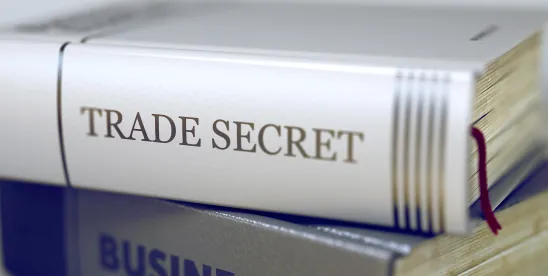The US Court of Appeals for the Tenth Circuit affirmed a district court’s grant of summary judgment in favor of the defendants for the plaintiff’s failure to identify the trade secrets at issue with sufficient particularity. Double Eagle Alloys, Inc. v. Hooper, Case No. 24-5089 (10th Cir Apr. 22, 2025) (Bacharach, Seymour, Phillips, JJ.)
Double Eagle and Ace Alloys are direct competitors and distributors of specialty metals for companies in the oil and gas industry. After working for Double Eagle for decades, including five years as an inside sales manager, Michael Hooper left to join Ace. As he departed, Hooper took with him 2,660 digital files downloaded from his Double Eagle computer to an external storage device. After discovering the download, Double Eagle sued Hooper and Ace for trade secret misappropriation and civil conspiracy. The parties cross moved for summary judgment.
Double Eagle argued that the files Hooper downloaded contained financial, technical, and business information that qualified as trade secrets. Double Eagle categorized the files as pump-shaft-quality (PSQ) specifications, pricing, and customer drawings. Ace argued that the alleged trade secrets were not protectable since Double Eagle shared the information with customers or posted the information online. The district court granted summary judgment to the defendants on all claims, holding that “Double Eagle failed to identify its alleged trade secrets with sufficient particularity and clarity to proceed to trial,” that it failed to present evidence of the information’s secrecy to support the misappropriation claim, and accordingly that there was no underlying tort on which to base the claim for civil conspiracy. Double Eagle appealed.
Double Eagle argued that the summary judgment grant was improper because there were genuine issues of material fact on the issue of whether it identified its trade secrets with sufficient particularity and whether the business information was confidential. Double Eagle also argued that the district court erred by not allowing it an opportunity to supplement the evidence in support of its claim. The Tenth Circuit disagreed and affirmed on all counts.
The Tenth Circuit agreed with the district court that Double Eagle failed to introduce evidence that its alleged trade secrets were “known only to a limited number of people, were not readily ascertainable, or were valuable because they were not widely known.” The Court noted that Double Eagle’s PSQ specifications were readily ascertainable through proper means, its pricing was shared with customers without any protection to prevent customers from sharing those prices, and the customer drawings originated from the customers and were not owned by Double Eagle.
The Tenth Circuit similarly agreed with the district court’s dismissal of the misappropriation claim, explaining that the same lack of secrecy that defeated the trade secret claim also defeated the misappropriation claim. Finally, the Court rejected Double Eagle’s argument concerning its ability to supplement the record because the district court invited the parties to submit briefing on the issues, including an opportunity to move for leave to submit more evidence, but Double Eagle chose not to do so. Having rejected Double Eagle’s arguments on the first two claims, the Court necessarily rejected the civil conspiracy claim for lack of an underlying tort in support of the alleged conspiracy.




 />i
/>i
